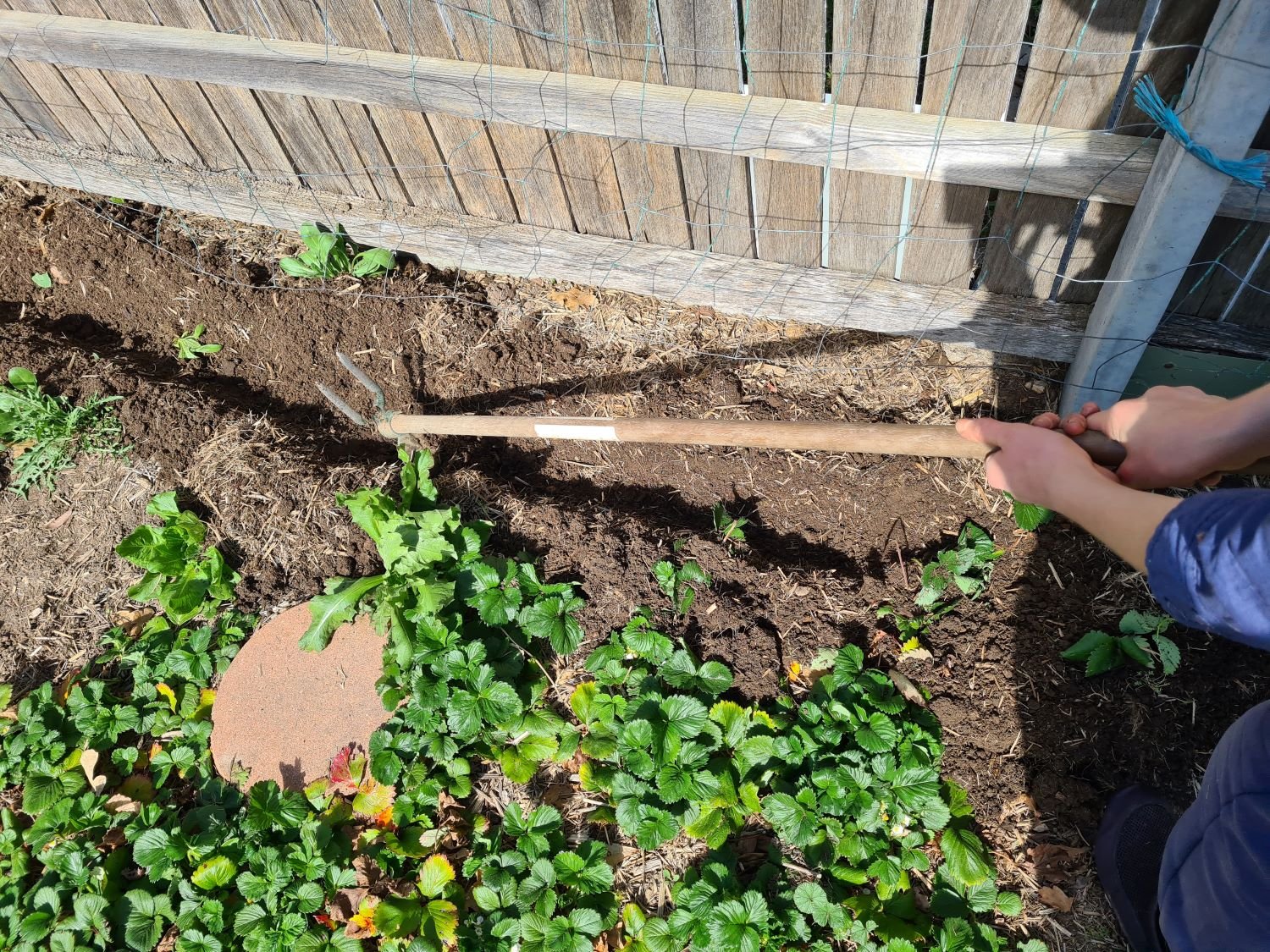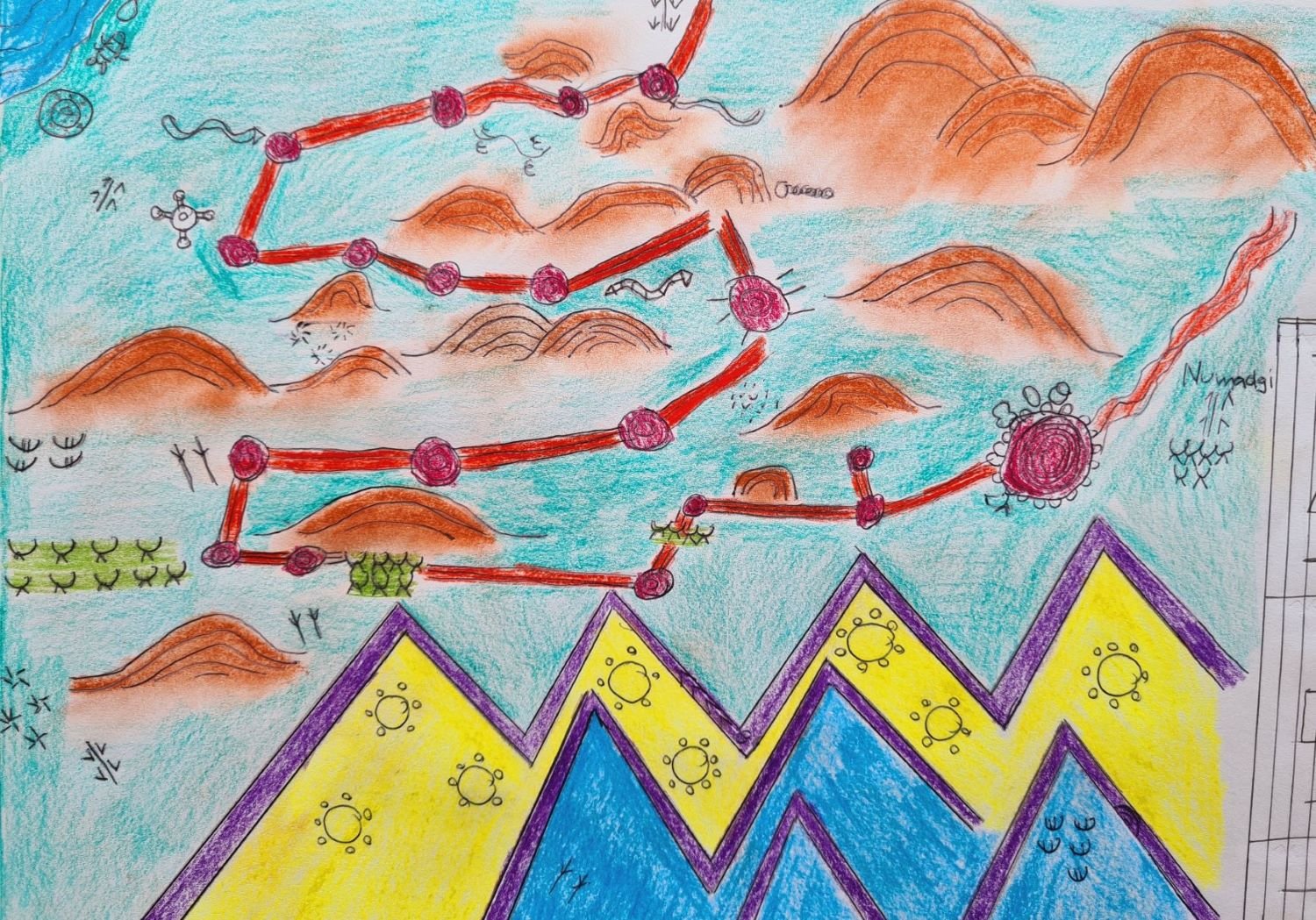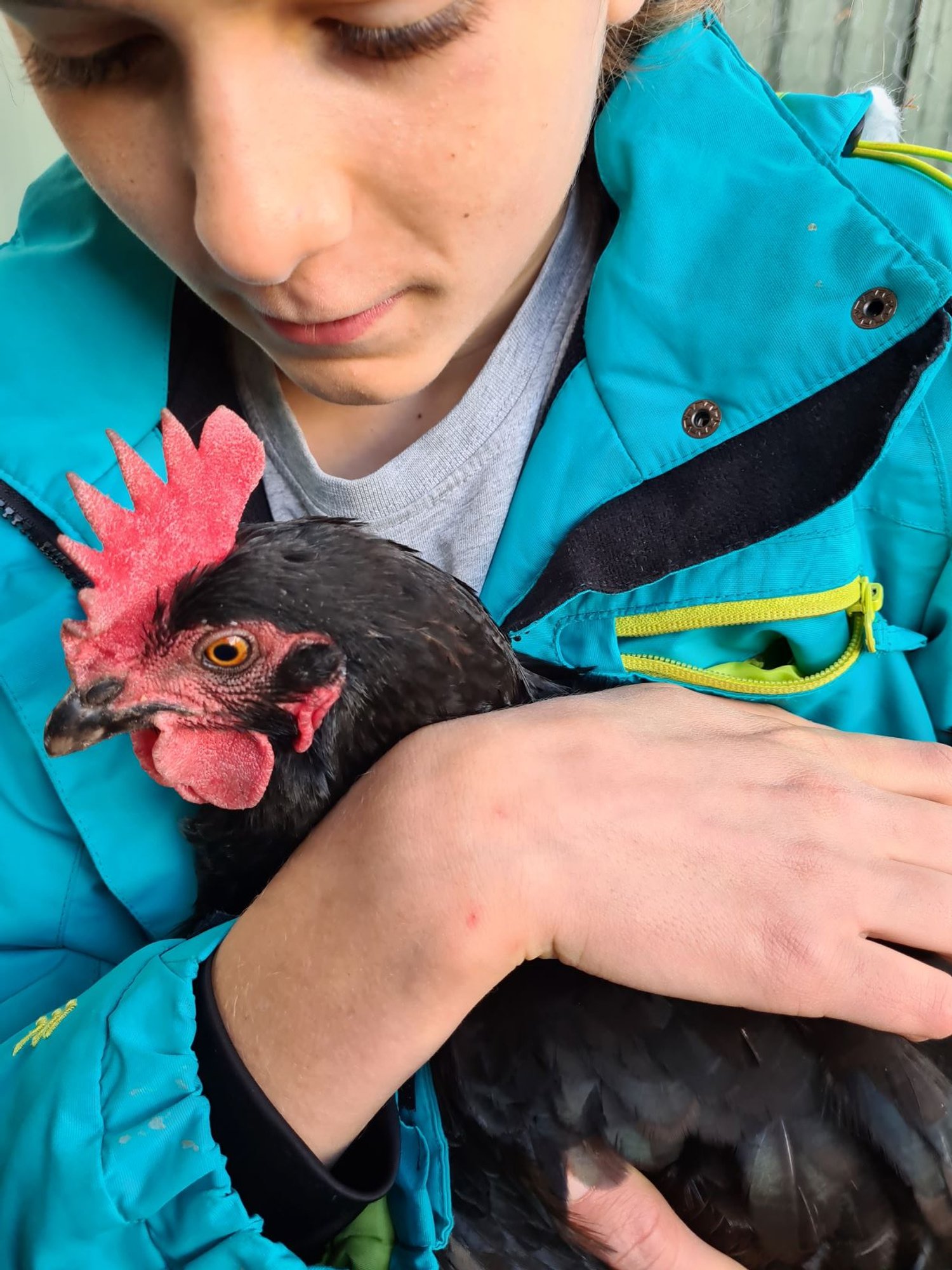
Steiner Educational Philosophy
The Human as a Threefold Being
According to Rudolf Steiner's philosophy, the human being is a threefold being of spirit, soul and body whose capacities unfold in three overlapping developmental stages on the path to adulthood: early childhood, middle childhood and adolescence.
Each stage is characterised by express physical and soul attributes, and exigencies which are recognisable through investigative reasoning and observation. The way a child of five interprets the world and its experiences is entirely different to the way a fifteen-year-old does so. The five-year-old child is not merely a miniature or less experienced version of the teenager and adult that they will later become. Rather, throughout the process of their life, every human being experiences a constant process of development, of physiological changes as well as changes in emotional maturation and self-awareness.
“…through a process of deep cultural immersion in story and the arts…”
Evolution of Consciousness
It is in the observation of this changing sense of self and the slow manifestation of individuality that one can recognise the spirit of the human being emerging. Steiner called this process the evolution of consciousness. He identified and described the kind of soul capacities (thinking, feeling and will-power) available to the developing human being at each stage of their development, and described stages of self-awareness and self-actualisation as the signature of the emerging spirit.

Recapitulation
Furthermore, Steiner concluded that, as human beings, ‘we carry within us the work that has gone into the whole past evolution of the world, upon which countless generations of the spirit have worked’. He drew parallels between the evolving human capacities within childhood, and the evolving consciousness of humanity throughout the great cultural epochs.
This concept of recapitulation led to the moral-historical story sequencing so distinctive to the Steiner curriculum, in which the child is presented with stories drawn from Aboriginal and Torres Strait myths and nature stories, fables, Celtic tales, Old Testament stories, Norse mythology, Ancient Indian, Persian, Babylonian, Egypto-Chaldean, Greek, Roman, Medieval, and Renaissance stories and onward in the high school to the stories of the Enlightenment, of successive cultural revolutions, modern history, and contemporary biographies.
“This immersive experience is artfully conducted in such a way to encourage wonder, reverence, and love for humanity’s quest for understanding of the world…”
Deep Cultural Immersion through Story and the Arts
Thus, during their education, the child recapitulates, through a process of deep cultural immersion in story and the arts, the evolving feeling-life and thinking consciousness of the human state of being. This immersive experience is artfully conducted in such a way to encourage wonder, reverence, and love for humanity’s quest for understanding of the world in every culture; in its environmental, social and also its spiritual facets. It enables the growing, evolving human being to reflect upon themselves as such, within the greater context of humanity’s striving to become fully human, and to confidently find their place in the world with compassion, love and understanding for others and for themselves.

Connecting with Nature & Love for the Earth
A deep reverence for the Earth as a living Being, respect for all the kingdoms of nature and a living-systems approach to the human interface with the natural world imbues all aspects of the curriculum.
In testimony to this, the worldwide anthroposophical movement has been a catalyst for environmental activism, helping to bring to life many modern ecological practices such as organic farming, biodynamics, community-supported agriculture, and green banking.
“A deep reverence for the Earth as a living Being…”
A Word About Anthroposophy
The relevance of Anthroposophy, upon which Steiner/Waldorf education is based, lies in the fact that it informs the artistic and imaginative educational approach, the order of the story content and subjects taught, and also the appreciation of each child’s unique human individuality.
Anthroposophy: from the Greek, Anthropos=man and soph=wisdom, was established in 1924 by Austrian philosopher Dr Rudolf Steiner (1861-1925). If you would like to explore Steiner’s philosophy The Philosophy of Spiritual Activity and Theosophy are books written by Rudolf Steiner that will provide a useful introduction to Anthroposophy. Other excellent texts are A Passionate Schooling by Alduino Mazzone Ph.D., and Raising the Soul: Practical Exercises for Personal Development by Warren Lee Cohen.



